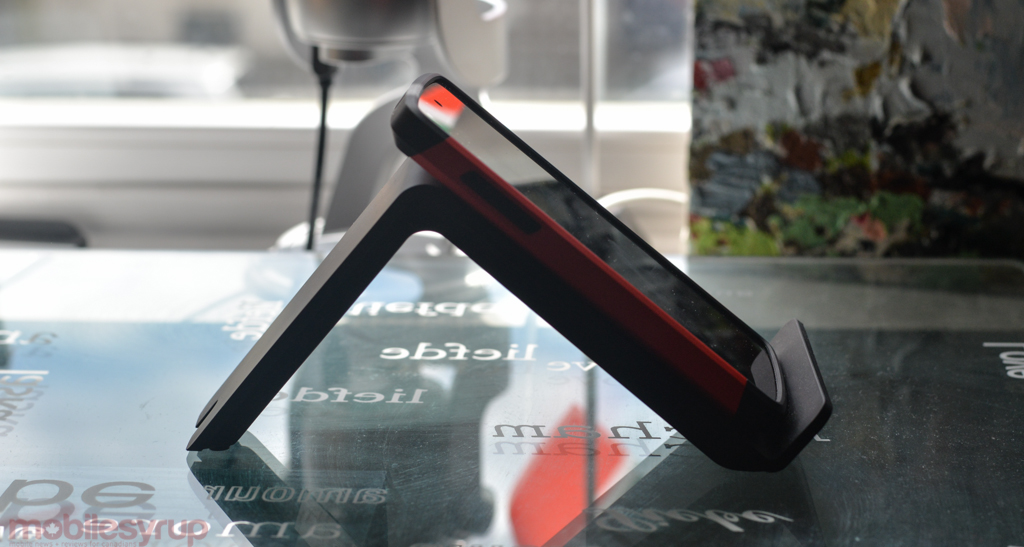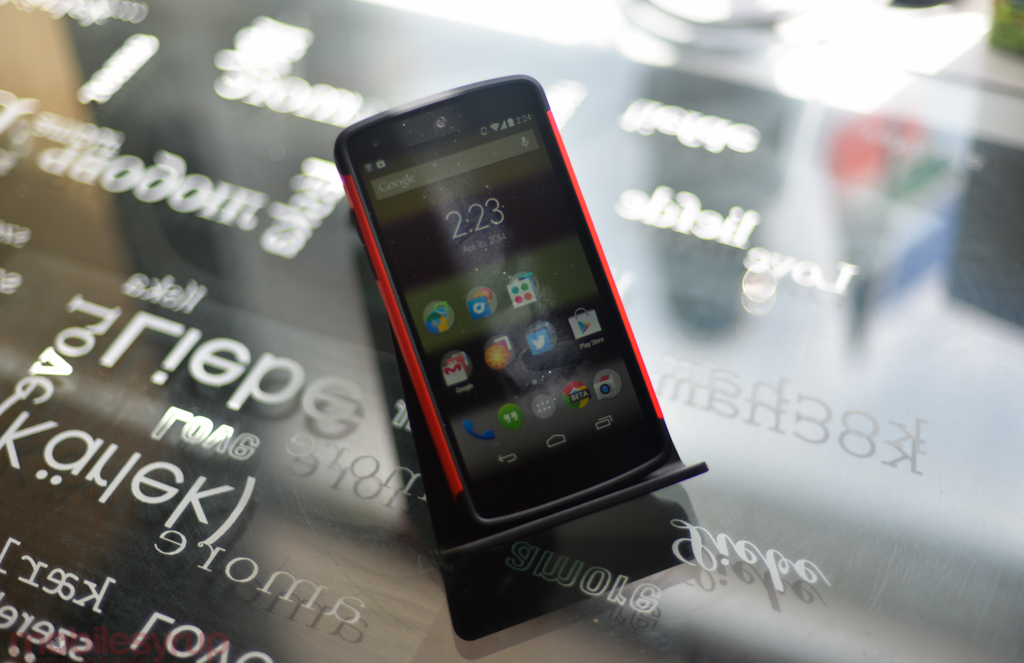
Wireless charging is a first world problem. It’s a scratch to an itch you didn’t even know existed, but once it’s there you can’t stop scratching.
The idea behind the practice is so sound as to be obvious: remove the need to insert a charging cable, or obviate a docking station, by placing the device on top of a charger. Wireless charging uses induction to transfer an electric charge between two objects which, in the case of a phone and its dock, are metal coils usually placed near the bottom and top respectively. The ability to place one’s phone down to begin charging and quickly remove or replace it has been the reason for its wide adoption.
To date, wireless chargers have generally been large, ungainly utilitarian disks, which are fine for the act of charging itself but reduce sight lights and take up space. Tylt, an accessory company with a focus on design, has differentiated itself by recreating popular products that are both attractive and tend to improve the functionality of their less attractive counterparts. Some companies, like Nokia, have attempted to pretty up the idea of wireless charging, but in my opinion, Tylt does it better.
Design & Construction
This is true of the Tylt Vu, the company’s first wireless charger, which is based on the Qi standard most popular in the industry to date. The Vu is not only compatible with a number of on-market devices (more on that below), but it keeps those devices functional while charging by propping them up in a horizontal or vertical position.
Take most phone docks today: it forces you to plug in your device in one direction, with a single orientation. For the most part, that’s easy: iOS-based devices all have their 30-pin or Lightning ports at the bottom, so it’s easy for manufacturers to develop products that suit most needs. But Android and Windows Phone devices, the only ones with built-in wireless charging, come in myriad stylings, sizes and charging port placements. To develop a single dock for all of them would be impossible.
Tylt’s Vu takes on that disparity by building wireless charging into its 45-degree base. Compatible devices, like the Nexus 5 above, are placed at an angle that makes articulating your finger easy, and it can be used as both a stand and charger. Cooks, for example, may prop the Nexus 7 on the Vu while looking over a recipe, comfortable that it is fulfilling two functions at once. The beauty of the Vu is that because it uses a tri-coil design, it is able to “connect” wirelessly with more devices in more positions.
The soft touch plastic is durable and light, and though the stand is fairly long, it takes up little real estate as the gap between the two feet allow for other items to be stored therein.
Performance & Conclusion
Like all wireless chargers, there are trade-offs between convenience and performance. The Vu, once plugged into a wall socket with a low-overhead adapter, only charges your Qi-compatible device with a maximum current of 750mAh, well below the standard 1A-1.2A output of the average AC adapter (and far below the 1.5A-3A of the latest chargers). For devices with large batteries, this will extend charging time well into the 3-4 hour range.
The number of compatible devices, at least without third-party assemblage, is low. The Nexus 4, Nexus 5, Nexus 7 (both 2012 and 2013), and likely upcoming products from Google will continue to support wireless charging. The Nokia Lumia 920 and upcoming 930 support wireless charging, but the Lumia 1020 would have been too thick, so Nokia sells a bracket separately. The Galaxy S4, S5 and Note 3 support it, too, but the replacement backings are expensive and add thickness to the product.
Then there’s the issue of a competing standard. While Qi seems to be the winning horse at the moment, a number of big names have signed on to the Power Matter Alliance, or PMA, including AT&T, Starbucks and even Samsung. This isn’t to say that one will go the way of Betamax anytime soon, but it’s concerning when new standards obsolete existing hardware.
The Tylt Vu is available in four colours, including red, black, blue and yellow, and costs $69.99 USD. Shipping to Canada is a steep $30.
Recommended.
MobileSyrup may earn a commission from purchases made via our links, which helps fund the journalism we provide free on our website. These links do not influence our editorial content. Support us here.




